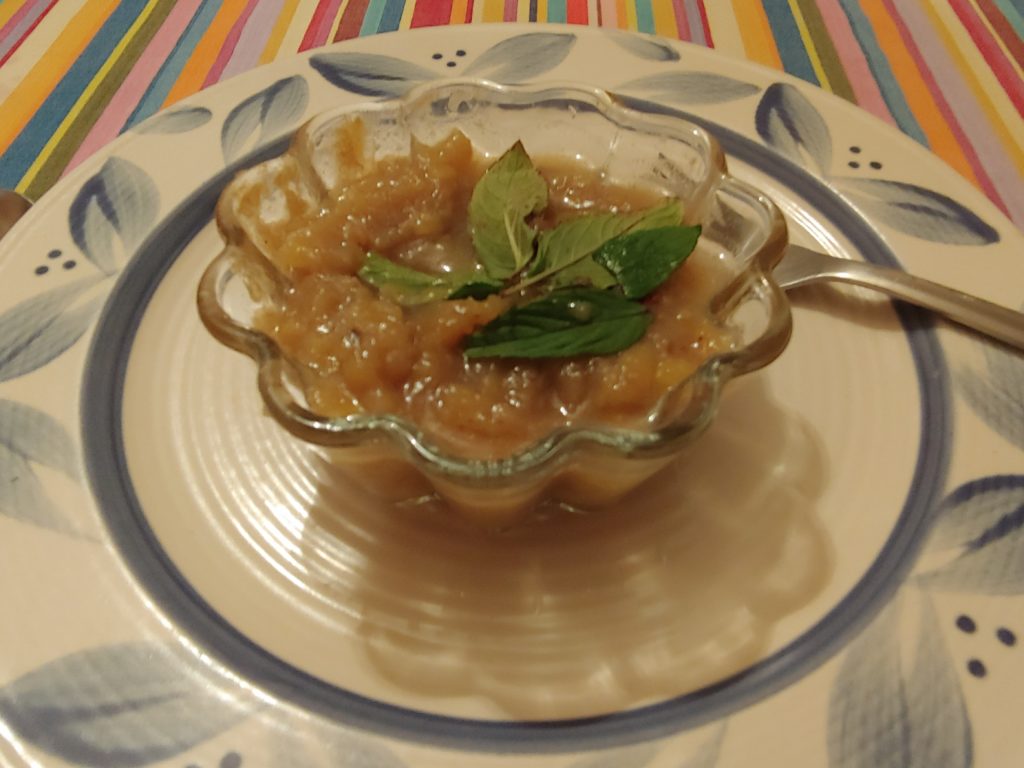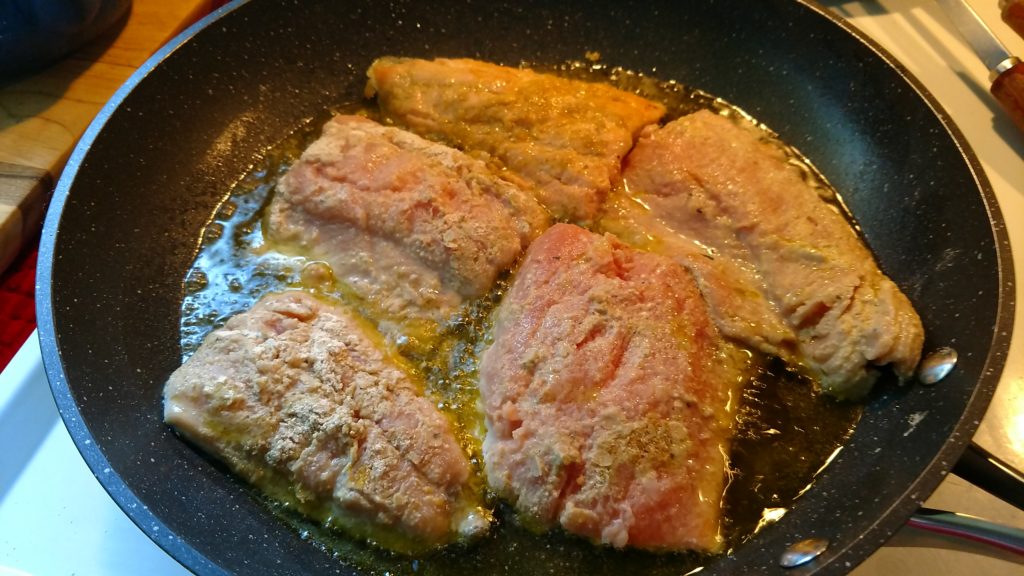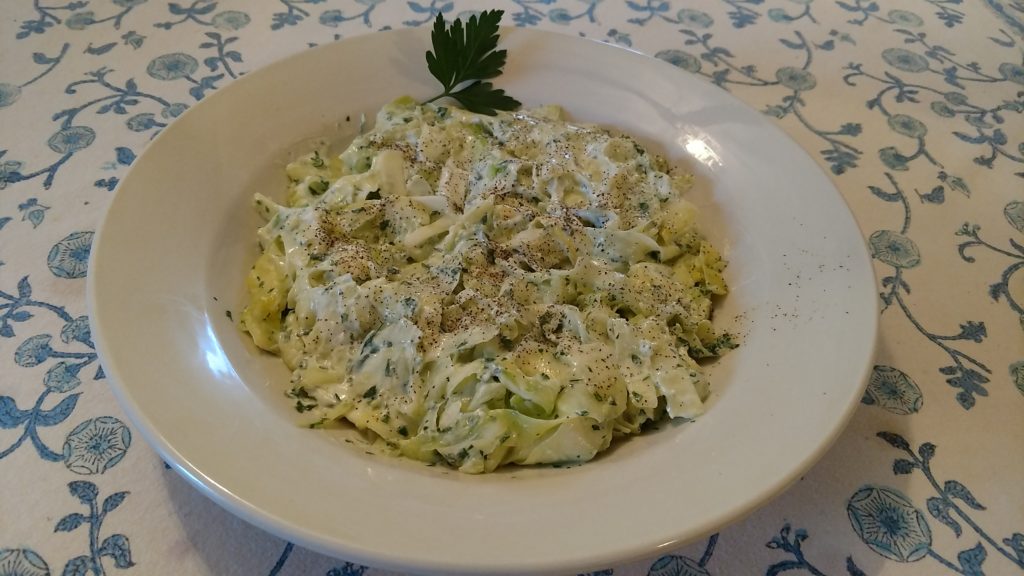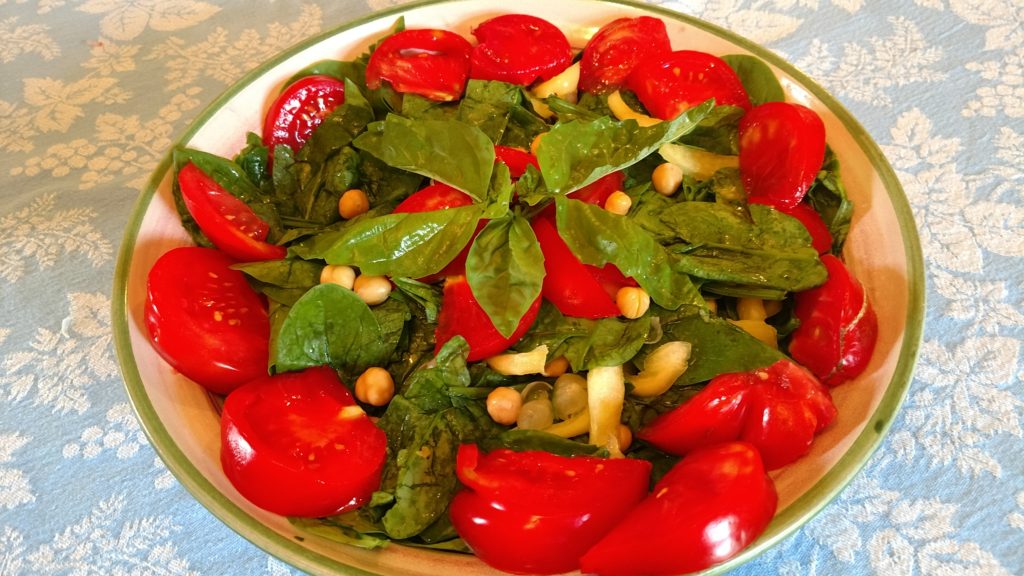I grew some parsley on a planter over the summer along with some other herbs. I figured that, by now, the herbs, and mainly the parsley, would be gone since we’re heading into Fall. To my surprise, the parsley is still going strong. Which meant I would have to use it real soon or I would lose it to the incoming cold. That’s when I decided to create the following dish, since I like scallops and had some on hand. And the result is this gem of recipe—to which I include some toasted sesame seeds for added flavor. Note that the dish calls for the sesame seeds to be lightly toasted. Simply, in a small saucepan or skillet, add the sesame seeds (no added oil is needed). Cook lightly, stirring over medium heat for 2-3 minutes until they attain a slight golden color (do not burn).
I combined the dish with linguine; but it can go with any string pasta, be linguine, spaghetti, angel hair, bucatini, you get the idea. And it’s a dish that you can cook in 15 minutes—I timed the thing to make sure. So you can set it up by boiling the pasta at the same time you prepare the scallops.
SCALLOPS WITH PARSLEY
Ingredients:
8 tablespoons butter (¼ pound)
½ cup fresh chopped parsley
Juice from 1 lemon
Salt and ground black pepper to taste
20-25 sea scallops (cut in half if too large)
3 tablespoons lightly toasted sesame seeds
Ingredients:
- Bring 2 tablespoons of water to a boil in a small saucepan. Lower heat whisk in the butter a little at a time until the mixture becomes saucy.
- Add the parsley, lemon juice, salt and pepper. Keep warm over low heat while cooking the scallops.
- Preheat a large skillet over medium heat for 2 minutes. Add the scallops, but do not crowd. Cook without stirring until they brown lightly on one side, about two minutes. Turn and brown on the other side.
- Serve the scallops drizzled with the sauce and sprinkled with sesame seeds.
Yield: 4 servings



















